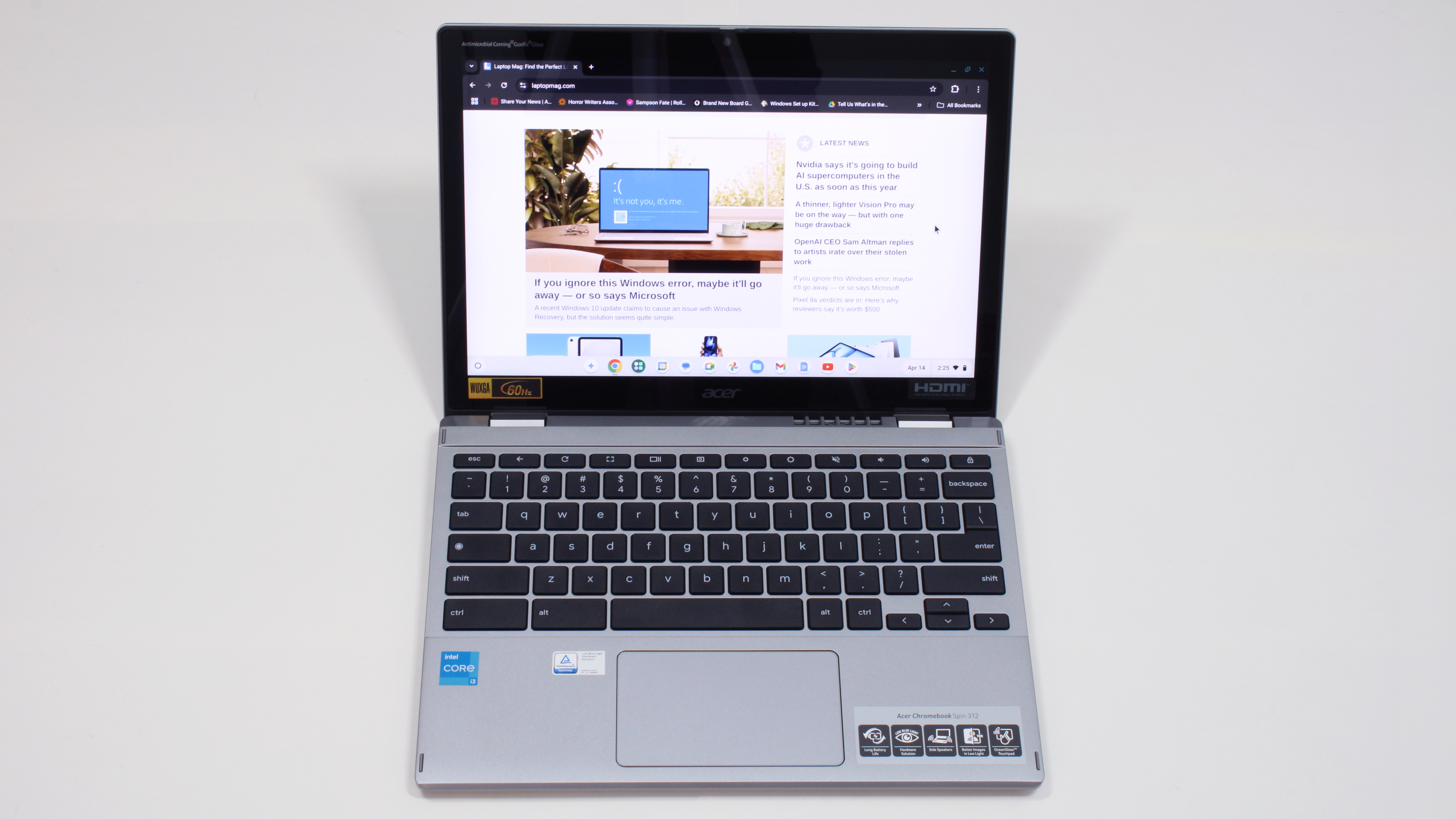89 million Steam accounts could be at risk after a third-party data breach. Here's how to protect your account.
One of Steam's third-party partners was hacked, leaving gamers' data exposed

A recent data breach could threaten your Steam account, but luckily, protecting yourself (and your games) is fairly easy.
An estimated 89 million Steam users' accounts were affected by a data breach on Saturday, affecting roughly two-thirds of all Steam accounts. While Steam itself wasn't breached directly, hackers gained access to some account details through a third-party Steam works with, although it's still unclear which one.
Here's what we know about the breach and what you should do to keep your Steam account safe.
See also: Best gaming laptop deals May 2025
Key specs: 16-inch WQXGA (2560 x 1600) 500-nit 240Hz matte display with HDR 400, Intel Core i9-14900HX 24-core CPU, 32GB RAM, Nvidia GeForce RTX 4070 GPU w/ 8GB VRAM, 512GB SSD, 1080p webcam with privacy shutter, Windows 11 Home
Two-thirds of all Steam accounts at risk after third-party data breach
On Sunday, a user on X by the name of Mellow_Online1 reported a data breach that occurred the day before.
This particular X user is the Sentinels of the Store's community leader, a Steam group that aims "to protect consumers from malpractice and deceit." In this case, that means reporting a major data breach that could put millions of Steam users' accounts at risk.
The evidence so far indicates that this was not a breach of Steam itself, but one of its third-party partners. The leaked dataset, which was seen on a dark web forum for a selling price of $5,000, contains real-time SMS logs, specifically the two-factor authentication codes sent to Steam users' phones to confirm login attempts.
Sign up to receive The Snapshot, a free special dispatch from Laptop Mag, in your inbox.
Currently, it doesn't look like actual passwords were compromised, although the one-time codes and their associated phone numbers could potentially put your Steam account at risk.
Update: An update suggests that the alleged Steam data breach is not a direct breach of Steam itself, but rather a supply chain compromise — meaning an external service that Steam relies on was targeted.Here's what we understand from this update:New evidence confirms some…May 11, 2025
As Mellow_Online1 pointed out in a follow-up post, the hacker who originally stole this data likely has some sort of back-end access to one of the third-party companies Steam uses for its 2FA services.
Mellow_Online1 originally reported that Twilio was the 2FA company that was breached, but Twilio has denied that, stating there's no evidence that the leaked data came from them. So, it's still unclear which one of Steam's third-party partners was the source of the leak, but luckily, there are a couple of easy steps you can take to protect your account.
How to protect your Steam account after the data breach
There's no way to know for sure if this data breach compromised your account, so it's a good idea to change your Steam password now.
We recommend using a password generator like LastPass to create a strong, unique password. Also, make sure you update your Steam password in your password manager (if you don't use one, now's a good time to start—I highly recommend BitWarden's password manager).
Additionally, keep a close eye on your Steam account, connected credit cards, and email account. The leaked data could be used to send phishing texts or emails, so be wary of any messages asking you to log in or for login info.
It's also a good idea to double-check that no unfamiliar devices are accessing your Steam account. You can do that by opening the Steam app and going to the "Security & Devices" tab in your account settings.
Here, you'll see all the devices currently logged in with your account, when they logged in, and where they are located. If there are any you don't recognize, select "Remove All Credentials" to log out on all devices and promptly change your Steam password.
More from Laptop Mag
- I've reviewed 90+ gaming laptops, these are my top 5 picks for 2025
- Nvidia's affordable RTX 5060 is coming soon, but that's not the GPU I have my eyes on
- The Nintendo Switch 2 has an Xbox-shaped problem, and we just got our first look at it

Stevie Bonifield is a freelance tech journalist who has written for PC Gamer, Tom's Guide, and Laptop Mag on everything from gaming to smartwatches. Outside of writing, Stevie loves indie games, TTRPGs, and building way too many custom keyboards.

